Quan Chuong Gate stands the test of time
(VOVWORLD) - Quan Chuong Gate, the only remaining gate of the old Thang Long Citadel, holds a rustic charm despite daily changes of the capital city of Hanoi.
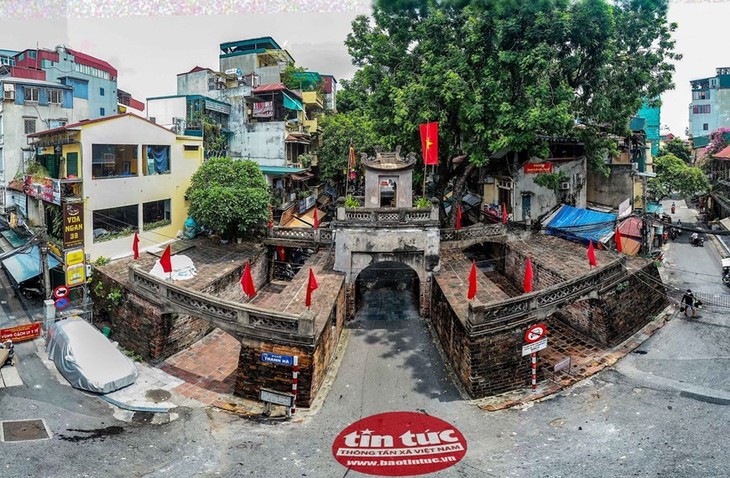 Quan Chuong Gate was built in 1749 under the reign of King Le Canh Hung, and renovated in 1804 under the reign of King Gia Long. (Photo: VNA) Quan Chuong Gate was built in 1749 under the reign of King Le Canh Hung, and renovated in 1804 under the reign of King Gia Long. (Photo: VNA) |
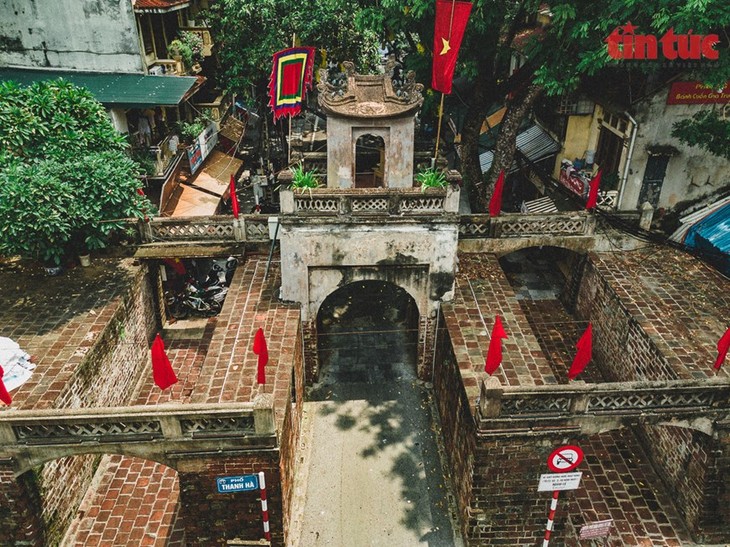 The name of Quan Chuong, which means 'chief guard' in Vietnamese, was given by locals to honor the chief guard who led a hundred soldiers to brave French colonialists when they attacked Hanoi for the first time through this gate in 1873. (Photo: VNA) The name of Quan Chuong, which means 'chief guard' in Vietnamese, was given by locals to honor the chief guard who led a hundred soldiers to brave French colonialists when they attacked Hanoi for the first time through this gate in 1873. (Photo: VNA) |
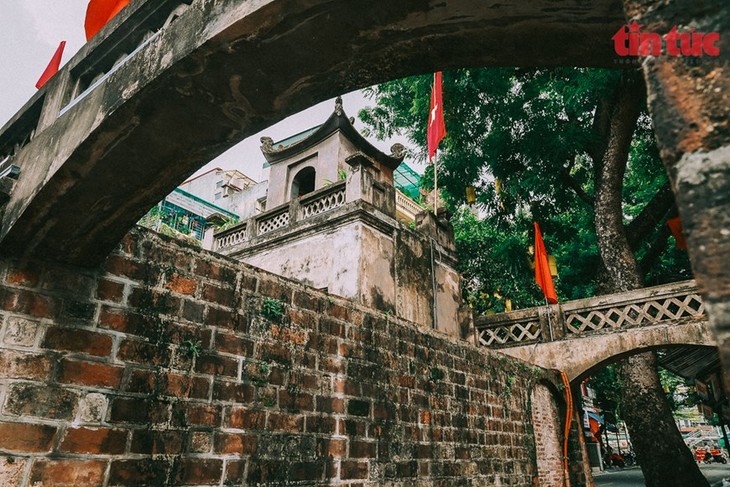 Quan Chuong gate exhibits a typical architecture of the Nguyen Dynasty. It consists of two storeys with the lower one having three arched doorways and the upper one being covered by 4 roofs decorated with a motif of hexagonal or quadrilateral asterisks. (Photo: VNA) Quan Chuong gate exhibits a typical architecture of the Nguyen Dynasty. It consists of two storeys with the lower one having three arched doorways and the upper one being covered by 4 roofs decorated with a motif of hexagonal or quadrilateral asterisks. (Photo: VNA) |
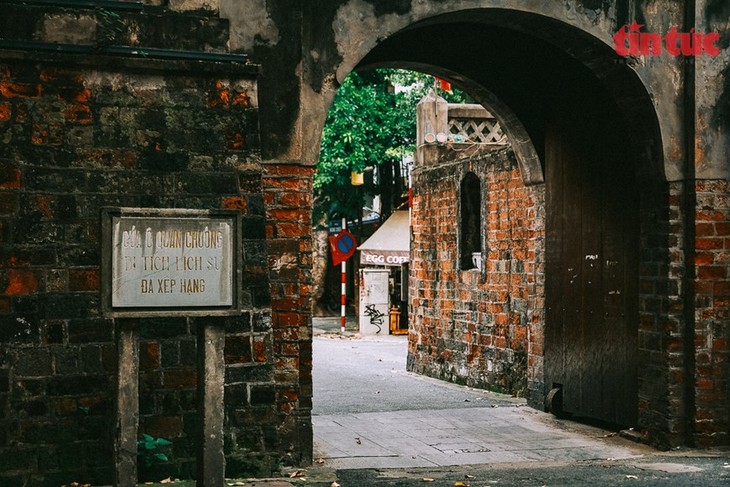 Quan Chuong Gate, 20 metres in width and 7 metres in length, was built with stones and large-sized bricks which are similar to those used to construct the Temple of Literature. (Photo: VNA) Quan Chuong Gate, 20 metres in width and 7 metres in length, was built with stones and large-sized bricks which are similar to those used to construct the Temple of Literature. (Photo: VNA) |
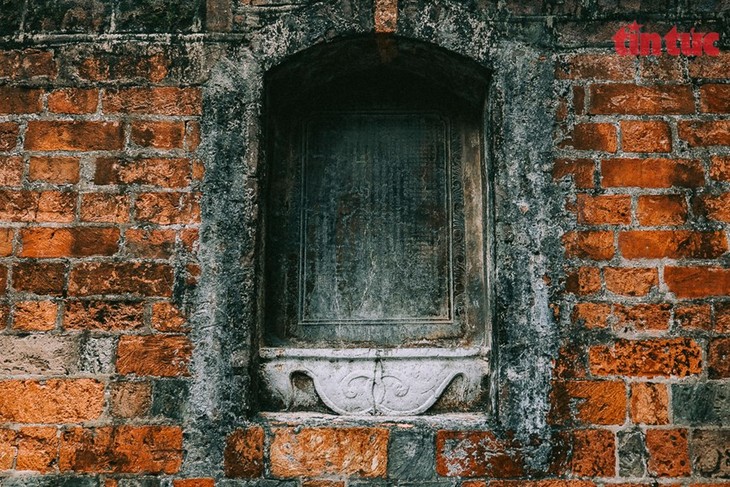 The stone stele at the gate reflects the socio-economic situation in the most bustling trade area of the then Vietnam under the reign of the Nguyen dynasty. (Photo: VNA) The stone stele at the gate reflects the socio-economic situation in the most bustling trade area of the then Vietnam under the reign of the Nguyen dynasty. (Photo: VNA) |
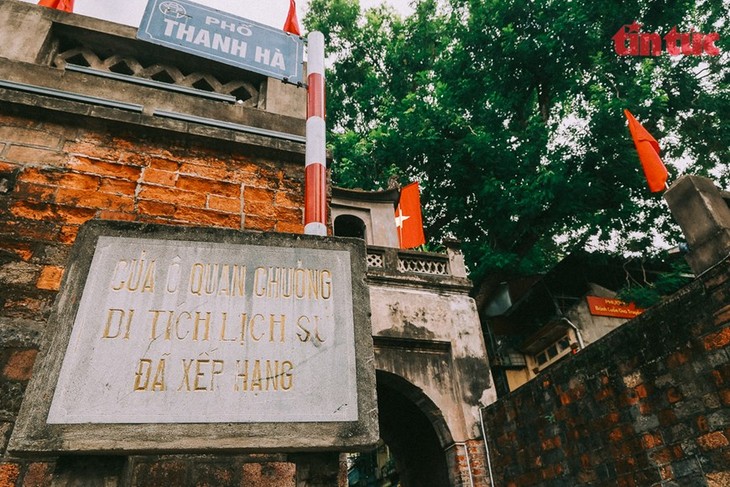 Officially called as Dong Ha Gate, but Quan Chuong Gate is a preferred name. (Photo: VNA) Officially called as Dong Ha Gate, but Quan Chuong Gate is a preferred name. (Photo: VNA) |
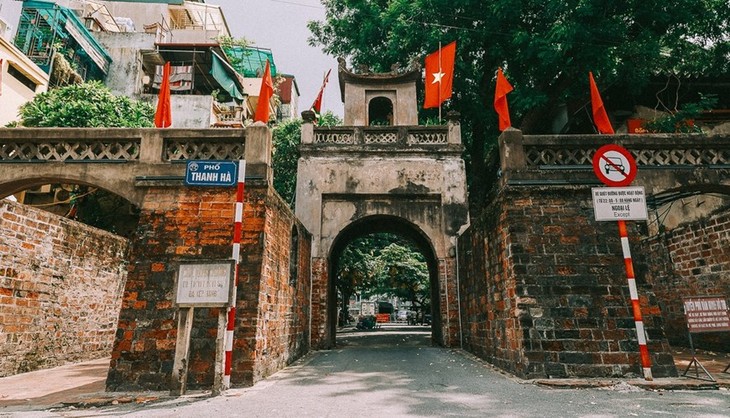 In 1994, the gate was officially recognized as a historic relic site. It was restored once again in 2010. For Hanoians, Quan Chuong gate is not just a relic of the ancient Thang Long capital but also a proud symbol traveling with the modern capital city. (Photo: VNA) In 1994, the gate was officially recognized as a historic relic site. It was restored once again in 2010. For Hanoians, Quan Chuong gate is not just a relic of the ancient Thang Long capital but also a proud symbol traveling with the modern capital city. (Photo: VNA) |